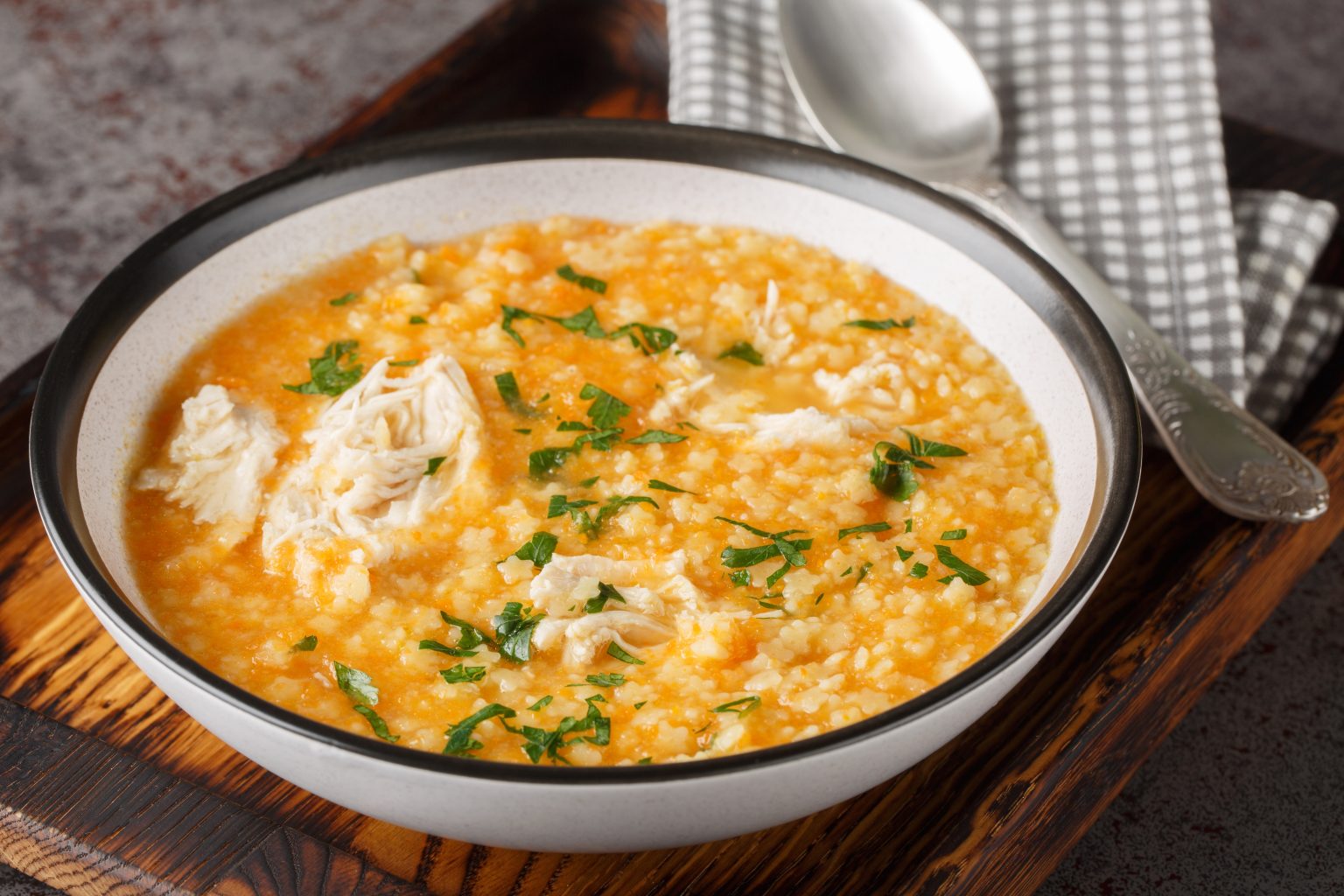Pastina is a cherished gem of Italian cuisine, often hailed as the ultimate comfort food. This simple yet satisfying dish consists of tiny pasta cooked gently in broth, creating a warm embrace of flavour and solace. With just a few easy steps, anyone can whip up a creamy, cheesy bowl of pastina, perfect for both children and adults alike.
In Italy, pastina is more than just a meal; it’s a taste of tradition. Families across generations have turned to this dish for warmth and nourishment, with various recipes passed down through time. Star-shaped pasta is commonly the star of the show, simmered to tender perfection and typically enhanced with ingredients like butter, cheese, or even a touch of egg.
While classic recipes keep things simple, variations abound to suit different palates. Whether paired with chicken stock for richness or a vegetable broth for a lighter touch, pastina remains a versatile delight. It’s a dish that captures the heart of Italian comfort food, offering a comforting taste of home with every bite.
The Foundation of Pastina Recipe
Making pastina is about choosing the right pasta shape and crafting a flavourful broth. The texture and consistency should balance creamy comfort with nourishing warmth.
Selecting the Correct Pasta Shape
The pasta shape is crucial for a satisfying pastina dish. Traditional options include Stelline, Acini de Pepe, Orzo, Ditalini, and Anellini. These tiny pasta shapes absorb the flavours beautifully and cook quickly.
The choice of shape affects cooking time and texture. Stelline, or star-shaped pasta, offers visual appeal, especially in comforting meals for children. For a heartier feel, orzo or ditalini may be chosen. The pasta should be cooked slightly less than al dente to ensure it holds up once mixed with the broth.
Crafting the Broth Base
The broth is the heart of pastina, providing a rich flavour that complements the pasta. Options like chicken broth, vegetable broth, or Italian brodo all work well. A low-sodium chicken broth is often preferred to control salt levels, allowing for the inclusion of Parmigiano Reggiano or Pecorino Romano cheese without oversalting.
To enhance richness, butter can be used. Unsalted butter allows for better seasoning control, with salt and black pepper added to taste. The broth should be simmered gently, developing its taste without masking the pasta’s subtlety. For a creamier finish, an egg can be whisked in, adding depth to the warm, comforting pastina.
Achieving the Ideal Texture and Consistency
The texture and consistency of pastina are key to its comfort. It should be creamy yet light, with the pasta tender but not mushy. A combination of grated Parmesan cheese and butter ensures a creamy texture. Adding the cheese while the pasta is still warm allows it to melt smoothly, coating each piece.
Stirring is vital to prevent clumps, ensuring even distribution of ingredients. Seasonings like salt and pepper bring out the subtleties of the mixture. If desired, Pecorino Romano can add a sharper note. The final result should be a balanced union of flavours and textures, perfect for a soothing, nourishing meal.
Enhancements and Serving Suggestions
Pastina can be easily enhanced with extra flavours, making it a more delightful dish. It pairs well with other foods, and its variations can cater to various tastes. Proper storage and reheating tips ensure the dish remains tasty and convenient for future meals.
Incorporating Additional Flavours
Pastina serves as a versatile canvas for adding extra flavours. Fresh ingredients, such as garlic and onion, can be sautéed in extra virgin olive oil to enrich its taste. Adding grated Parmesan cheese creates a creamy texture. For a nutrient boost, fresh herbs like basil or parsley are welcomed additions. Some also enjoy stirring in milk, which makes the dish rich and smooth. Exploring different herbs and spices ensures each serving is unique.
Accompaniments and Variations
A simple pastina dish can be transformed with the right accompaniments. It works well as a side dish for meals like meatballs or roasted chicken. For a comforting soup, combine pastina with vegetables to create a mini minestrone or pasta e fagioli. Adding pastina to Italian recipes gives classic dishes a fun twist. Variations of the dish can also use different pastina shapes, like stars or alphabet letters, to make it appealing for all ages. Serve it warm as a cozy meal during cool weather.
Storing and Reheating
Proper storing ensures that pastina stays fresh. To store any leftovers, place the cooled dish in an airtight container and refrigerate. It is advised to consume it within three days for the best taste. When it’s time to reheat, using the stove with a splash of stock prevents it from drying out, maintaining its original texture. If using a microwave, add a little water to the pastina and reheat gradually, stirring often. These steps keep the pastina delicious and ready for any meal time.


